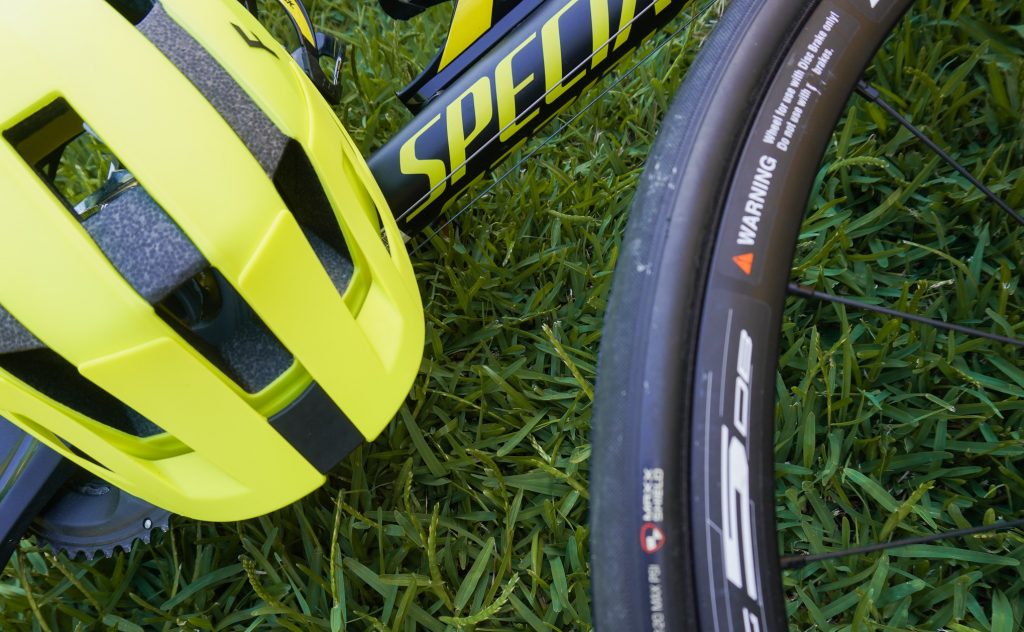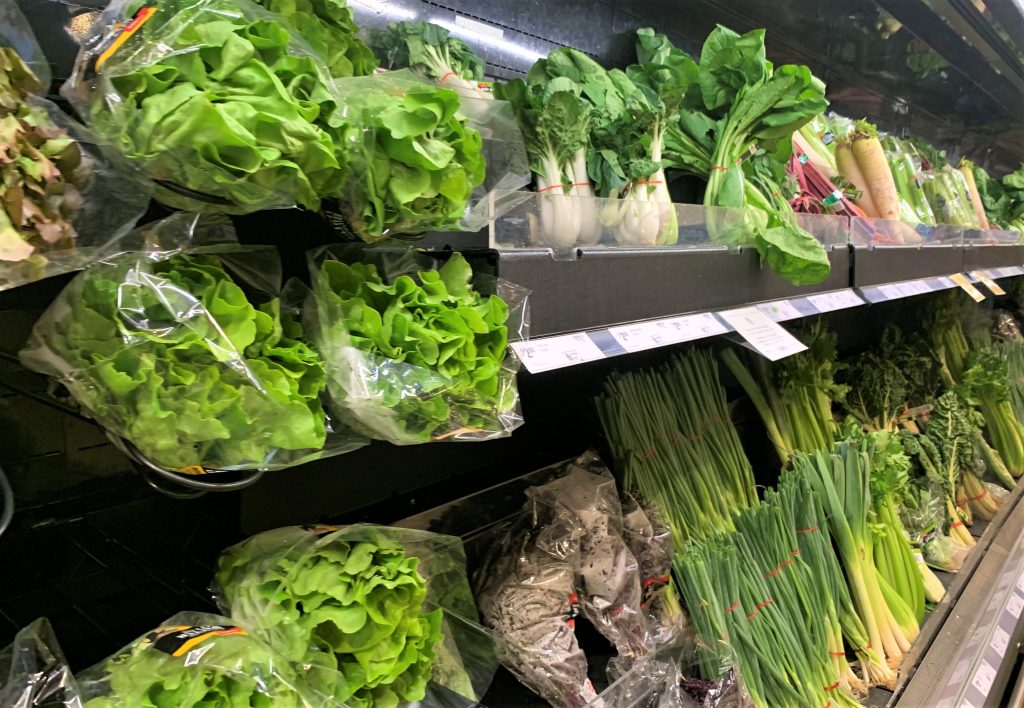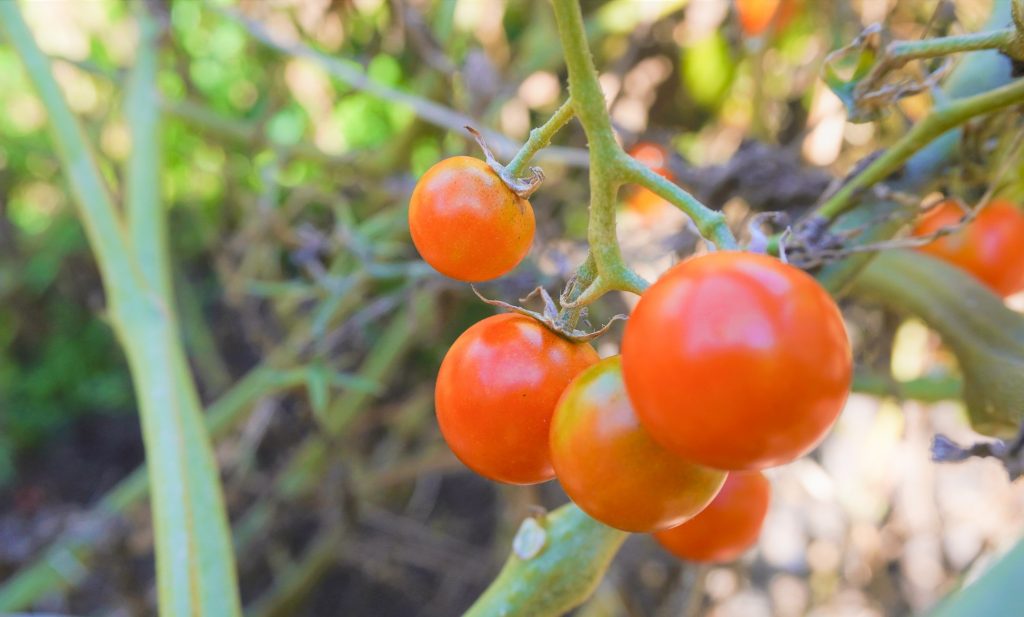We will go through the best five ways to reach your healthy living goals without breaking the bank. It’s been a growing trend for the words “healthy” and “sustainable” to go together, but why are we facing the challenges we face and how can we beat them?
GlobeScan’s 2020 survey of 27,000 participants worldwide found that consumers want easier ways to transition to a healthy and sustainable lifestyle. Moreover, 74% of the people surveyed wanted to significantly reduce their environmental impact, with 61% wanting to transition to a sustainable lifestyle and demanding companies to offer both affordable and sustainable products and services.
Similarly, the Southern Cross University surveyed 913 international participants, finding 87% of respondents admitted to making an effort to living an eco-friendly lifestyle. However, 82.6% saw the high costs of eco-friendly products as a barrier to a sustainable lifestyle. Despite the challenges to transitioning to a sustainable lifestyle, 85% said they would make a conscious decision to buy from eco-friendly brands, with 87% willing to pay above-average prices for sustainable products. The participants also agreed choosing a green lifestyle would lead to deeper levels of satisfaction.
All these tips can be applied no matter what country you’re from. So without further ado, here are the top tips summarised and how to beat slugging off.
LIVING HEALTHY TIP 1: Find ways to incorporate physical movement

Image: Sofia Balingit
If that shopping mall is out of sight, it doesn’t mean that it is not within walking (or biking) distance!
Consider going on foot to your local shopping centre, work, or together with your kids to school. That way you are not only saving money for fuel, but you are also contributing to less greenhouse gas emissions (as much as 75% less according to American Progress, 2008) per year by exercising. If distances are a little bit further, you can explore options, such as taking public transport and carpooling with co-workers.
Just remember to set exercise goals just as you set health and sustainability goals. Start small, say “walk 1 km a day” before saying “walk 5 km a day”. That helps keep your motivations high.
Common Challenges
Lack of time, motivation and resources
Firstly, try analysing your weekly agenda and identifying where you have any blank time slots. These time slots can be as short as 10 minutes. If you have schedules that can fit multiple 10-minute blocks, think of no-equipment movement, such as stretches and walking, and when doing so three times, you’ve reached your daily quota. Better yet, you did not spend a single cent. Next, look out for free apps on your phone that can measure your route distance too.
It is recommended to make exercise a part of your daily routine (best in the morning and this article says so!) to increase your motivation as well!
LIVING HEALTHY TIP 2: Ditch single-use for reusables (especially plastic items)

It’s no secret that coffee cups and plastic bags have been a culprit to destroying our environment. Australians dispose of approximately three billion coffee cups each year (Money Mag, 2019), and plastic bags are not too far off. In 2017, Australian Ethical stated that consumers using almost four billion plastic bags in the country, equating to about 160 bags per Australian citizen. Plastic does not degrade very fast and actions must be taken to prevent polluting our waterways. You can also check out our blog on reducing plastic here.
In addition, many companies have produced reusable products, from straws to sanitary items! Businesses, such as Crumple, KeepCup and Onya help us keep our rubbish out of the landfill.
Common Challenges
Forgetfulness
If you forget to bring your reusable bag, or cup, try keeping a spare in your workbag or car ready to go when you need it. Or, place your reusable item beside your door or keys remind you to take it before you leave the house.
Cost of products
Grocery chains, such as Woolworths, Coles and Aldi require you to pay for a plastic bag if you did not bring your own. Thus, by bringing your own, you’re saving money each time you shop. Furthermore, many cafes are now offering discounts on takeaway beverages if you bring your own cup. Responsible Cafes can help you find a café in Australia that will discount your coffee when you bring your own cup. You can save up to $200 a year by getting your own cup (Money Mag, 2019)!
LIVING HEALTHY TIP 3: Swap to a plant-based lifestyle

Eating a plant-based diet has a significantly lighter environmental footprint than one which has meat. The more meat-free you are, the greener your impact. Additionally, the physical health benefits are plentiful too.
However, converting to a plant-based diet takes persistence and discipline. Humane Society found that 84% reverted back to eating meat due to social alienation and inconvenience after removing animal products from their diet (Lane, n.d.).
Common Challenges
Cost
Being plant-based seems expensive, but the reality is, it’s expensive if you constantly look out for meat alternatives, such as Beyond Meat, Fry’s or Gardein. Buying whole, raw organic foods can save you money.
Going out to restaurants
More people are adopting a plant-based diet each year. Thus, many restaurants in Australia have added at least one vegetarian meal to their menus. If you are worried about finding a restaurant in a foreign place that can accommodate your herbivorous diet, it’s worth downloading Happy Cow on your phone – a hub for vegetarian/vegan restaurants and those with compliant options.
LIVING HEALTHY TIP 4: Grow your own food (as much as you can)

The best part of growing your own food is that you know what you put in your soil (no more of those pesky fertilisers), and you can save money when spending at your local grocery. In addition, growing your own food is another way to get some physical activity in your day.
Common Challenges
Lack of space
Planting in pots is a space-saving way to grow your own food! Seeds can start as cheap as $1.25 and provide your food quota for the week. That is dependent on the season and plant variety you plant. For instance, you can spend $1-$2 for a packet of 50 seeds of cherry tomatoes, in return for up to 10 kg of produce per plant (at the time of writing, 1 kg of cherry tomatoes is $14 per kg). That’s almost a $10 saving!
Secondly, consider having a vertical wall (or two) of plants! You can find some cost-efficient planting walls at your local hardware store. Once you start planting vertically, you’ll be surprised at how much space you actually have.
LIVING HEALTHY TIP 5: Practice Self-Care

Image: Sofia Balingit
This is one of – if not, the most important – tip I have on this blog. In a survey of 135 people, 77% admitted to not practising self-care despite knowing its importance (Carman, 2018). Set time aside to spend with yourself and keep your well-being up to par.
Self-care is crucial for our mental well-being, and having a self-care routine can help alleviate stress and anxiety, retain motivation and keep a generally positive outlook on life. Moreover, by practising self-care, you have more to offer to others, not less.
Self-care can come in any shape and form, and this can be as simple as calling up a friend you haven’t seen in a while, meditating, engaging in a hobby you enjoy, or relaxing at home.
Common Challenges
Lack of time
Just like you would for exercise, schedule time for self-care! This can be as simple as two hours after work, or the entire weekend is shut out of work. This way you are not distracted and are closer to a healthier and more productive self. If someone asks you to do something during your self-care time, just respond you’re busy (because you are!).
Access to resources
If you feel you do not have access to resources, consider downloading meditation apps, such as Calm, and get in the routine of doing that every day. You can also look towards HeadSpace for other ways to make time for yourself.
Fear of being “selfish”
Selfishness and self-care are two different words with different meanings. Self-care is NOT selfish. After all, you cannot help others if you do not look after yourself. Don’t let anyone else make you feel guilty or tell you otherwise.
Final Thoughts
Taking care of the planet and yourself doesn’t need to feel like rocket science (trust me, I’ve been there). Remember, living healthier and more sustainably does not mean being perfect. Don’t beat yourself up for accidentally buying that plastic bag when you were one bag short. Take one step at a time, you’ll get there! Lastly, if you ever feel like you’re in a rut, never hesitate to reach out! Support is all around you, right at your fingertips. We are all learning and no one can live your life any better than you.
What are your ways of living sustainably? Let us know in the comments below.
You can follow THRIVE on our Instagram, Facebook, and Twitter if you can’t get enough about sustainability.
References
Airey, L. 2019. Beyond reduce, reuse, recycle: how to save by living sustainably. Money Magazine. Available at: https://www.moneymag.com.au/save-living-sustainably
American Progress, 2008. It’s Easy Being Green: Walking vs. Driving Is a No-Brainer. American Progress. Available at: https://www.americanprogress.org/issues/green/news/2008/07/02/4723/its-easy-being-green-walking-vs-driving-is-a-no-brainer/
Carman, N. 2018. Why Self-Care Is Vital to Our Mental Health. Psycreg. Available at: https://www.psychreg.org/self-care-vital-mental-health/
GlobeScan. 2020. Study Finds People Want to Make Healthy and Sustainable Living Choices but Do Not Know Where to Start. GlobeScan. Available at: https://globescan.com/people-want-healthy-sustainable-living-choices-2020/
Jennings-Edquist, G., and Wong, J. 2018. Best time to exercise? A morning habit may be more likely to stick. ABC Everyday. Available at: https://www.abc.net.au/everyday/is-morning-or-night-the-best-time-to-exercise/10476482
Lane, R. n.d. The challenges of maintaining a plant-based lifestyle. Sensient. Available at: https://sensientflavorsandextracts.com/insights/the-challenges-of-maintaining-a-plant-based-lifestyle/
Southern Cross University. 2019. Going Green. Southern Cross University. Available at: https://online.scu.edu.au/blog/going-green/
Stewart, E. 2019. Growing your own food at home can be rewarding, but is it cost-effective? ABC News. Available at: https://www.abc.net.au/news/2019-12-27/gardening-growing-food-vegetables-backyard-personal-finance/11811980























